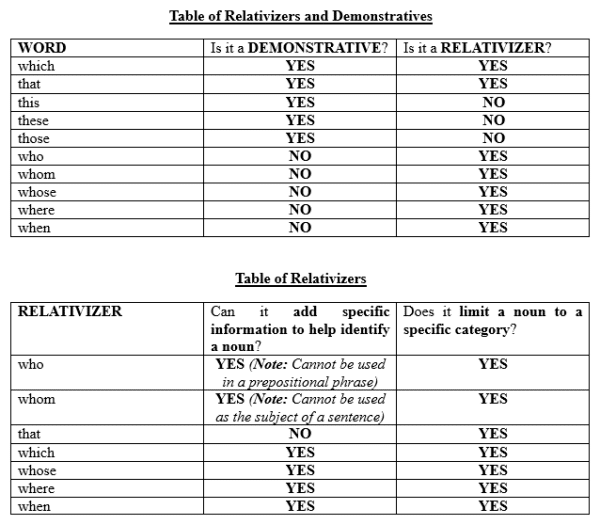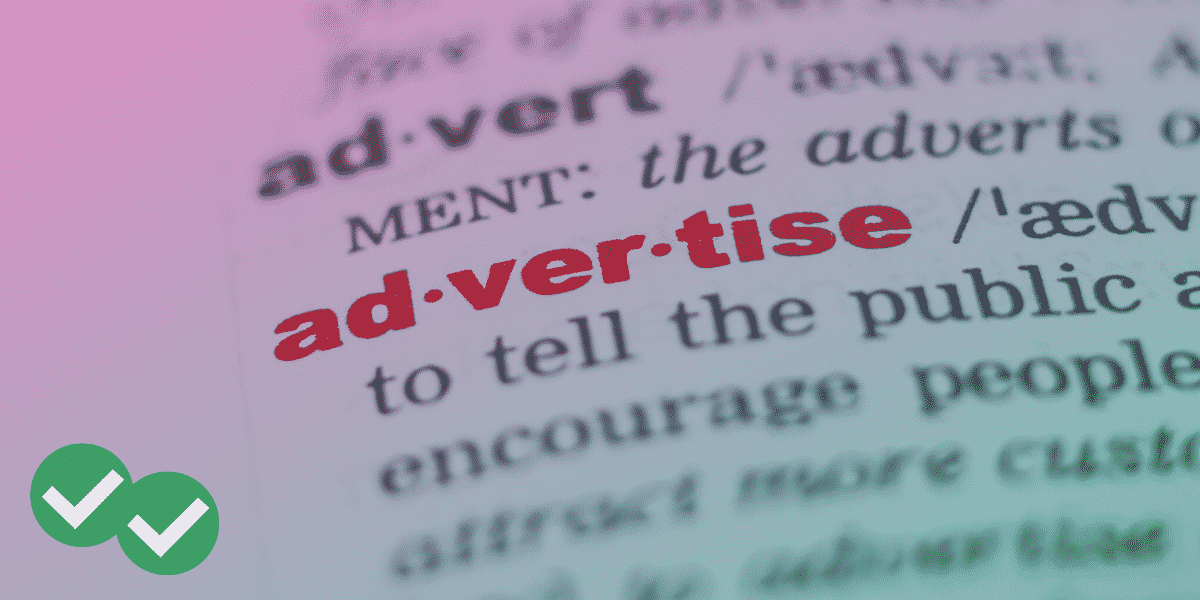As you learned in two earlier posts, relativizers either categorize a noun or add information to it. Demonstratives have a different purpose. Sometimes, demonstratives point out the existence or location of a noun. Demonstratives can also act as a substitute for a phrase or sentence, to avoid repeating the phrase or sentence twice. These kinds of words have a third use too— they can connect two clauses in a sentence.
The most common demonstrative words in English are that, this, and which. That and which can also be relativizers.
“That” vs. “This” for distance and listing:
Distance:
“This” can refer to things that are physically closer to the speaker or writer.
Example:
I am writing you a letter from this house that I live in.
“That” can refer to things that are physically farther from the speaker.
Example:
She lives in that apartment building over there, across the street.
“That” can also imply that something is more emotionally distant from the speaker or writer.
Example:
The weatherman has predicted rain today. I know that is true, but I don’t care.
“This” implies that an idea is more emotionally close to a speaker.
Example:
God is real. I know this is true, and it’s one of my most important beliefs.
Listing:
When you are listing two or more items and using demonstratives to point out the existence of the items, you can use “this” first, and then use “that” for the remaining items.
Example:
On my trip, I am packing this umbrella, that suitcase, and that backpack.”
You can also alternate between “this” and “that” when listing items, but you still need to start with “this.”
Example:
I’ll have this sandwich, that drink, this appetizer, and that dessert.
Pointing out the existence or location of a noun
Examples:
I want to buy that red car over there.
Who is this person you keep talking about?
Additional note:
“Those” is the plural form of that, and “these” is the plural form of “this.” The plural forms of those/these follow all the same rules for distance as that/this.
Examples:
that mountain over there/those mountains over there
this book right here/these books right here
this person that I know/these people that I know
that person I don’t know/those people I don’t know
“Which” for selecting something from a group
“Which” is used for sentences that talk about selecting or choosing an item from a group of items.
Examples:
Which outfit should I wear today?
Order the meal which is healthiest.
I’ll decide which design is best.
Substituting “that,” “this” or “which” for a phrase or sentence:
You can use “that,” “this,” or “which” as a substitute for a phrase or sentence that you have just said/written and don’t want to repeat. In the sentences below, certain phrases and the demonstrative words that replace them are both in bold.
Examples:
This is strange. It is unusually warm for this time of year.
(In this case, “this” is a substitute for the phrase “the unusual warmth for this time of year.” You could also say “The unusual warmth for this time of year is strange. It is unusually warm this time of year.” But then you would needlessly repeat a lot of information.
The hotel normally has vacancies during the week. You know this.
(Here, this is a substitute for the whole sentence “The hotel normally has vacancies during the week.”)
That’s interesting. It says here that Southern Italy has a special kind of folk dance called the taranta.
(That is a substitute for “(the fact that) Southern Italy has a special kind of folk dance called the taranta.”)
You don’t have to tell me that I should finish my homework. I know that!
(In this example, that = I should finish my homework.)
It was 30 Celsius on Christmas, which is strange.
(Which= the phrase “(the fact that) it was 30 degrees Celsius on Christmas.”)
Special notes:
Here again, “that” and “this” indicate different physical or emotional distance. Note that “which” can ONLY substitute for a phrase, not a whole sentence. Because of this, “which” appears in the middle of the sentence and is preceded by a comma when it is used as a relativizer.
Using “that” to connect two clauses in a sentence
Certain reporting verbs, such as “see,” “think,” “say,” etc… are followed by clauses that could be complete sentences. These clauses show the words, thoughts or ideas of the seer, thinker, speaker, etc…. If you want to emphasize the words/thoughts of the subject of the sentence, you can add “that” or as a word to connect the reporting verb to the clause that describes words or thoughts.
EXAMPLES:
She thinks that she will get good grades in all of her classes.
Scientists theorize that dinosaurs went extinct because of a natural disaster.
(Note: In the above cases, it’s also possible to say “She thinks she will get good grades in all of her classes,” and “Scientists theorize that dinosaurs went extinct because of a natural disaster.” Adding that gives the sentence more emphasis. Note that this type of demonstrative ONLY works with the word “that.”)
Demonstratives vs. Relativizers
Because “that” and “which” are two of the most common demonstratives and relativizers, students often get confused about the uses of these two types of words. This post will review demonstratives and relativizers (especially the more challenging ones) in a series of tables.






